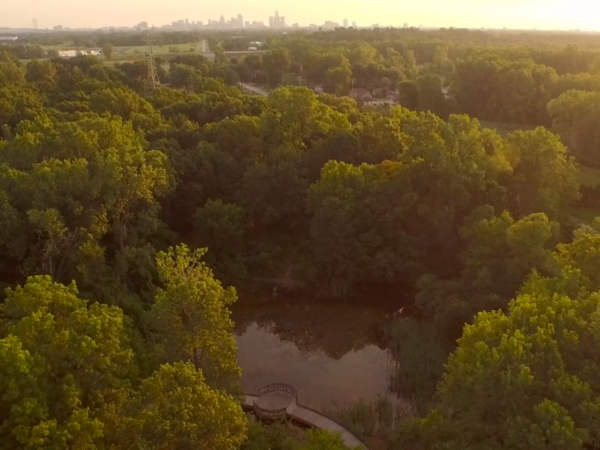
All fish are created equal, or at least treated equally under Canada’s new fisheries law that came into effect last summer.
Under the updated law, fish habitat has gained new protections in Canada. The new version of the law restores protections that were removed by the previous government in 2012 and brings in new requirements to meaningfully engage and partner with Indigenous groups at the beginning of any project.
The previous version of the law prohibited “serious harm to fish” but made a distinction between fish that were commercially important and those that were not. The new law erases that distinction and treats all fish as equally important. It also prohibits the death of fish by other means than fishing as well as the harmful alteration, degradation and destruction of fish habitat.
Fish habitat is no longer just the waters where the fish are caught, according to the new law.
“Fish habitat means water frequented by fish and any other areas on which fish depend directly or indirectly in order to carry out their life processes, including spawning grounds and nursery, rearing, food supply and migration areas,” said Tamara Darwish, a fisheries biologist at the environmental consulting firm Golder Associates.
While the expansion of protections for fish habitat would seem to be a significant change in policy, Darwish said that little is likely to change in how most large-scale projects in the Great Lakes region are reviewed, aside from some of the information requested and an increase in transparency requirements.
And the new rules aim to make things simpler for smaller projects. The new law replaces self-assessments with standard Codes of Practice for routine projects such as maintenance dredging, end-of-pipe screens and cottage docks, to reduce the number of projects that will need government review.
One big change is the new requirement that Indigenous traditional knowledge must inform habitat decisions. Chad Ziai, director of engagement, partnering and integrated planning at Fisheries and Oceans Canada, said the change was made in the spirit of the government’s reconciliation agenda.
Ziai said Indigenous groups are often an important source of information about fisheries and fish habitat, and how to manage them sustainably.
“They have a rich history and tradition of passing down knowledge of how the resources have been used over time, so we can consider and protect those uses,” he said.
Sen. Daniel Christmas, a member of the Mi’kmaw Nation of Nova Scotia, helped to shepherd the new law through Parliament last year. He said he is proud to have been involved in entrenching the formal inclusion of Indigenous rights and the duty to consult in the law, things that until now had mostly been driven by court decisions.
“For 150-some years there was very little mention of Indigenous people in the act, we were basically invisible,” he said. “But of course Indigenous people play a huge role in Canada’s fisheries, so this was a big, big step.”
Importantly, he said, the new law allows the federal government to enter into agreements on fisheries not just with the provinces and territories, but also with Indigenous communities. Some of those communities have their own environmental fisheries laws that are stronger than those in the rest of Canada, and the act now provides the opportunity for those laws to be recognised.
The department is still working with Indigenous groups to define how the inclusion of Indigenous perspectives and knowledge will work in practice. One area in which Indigenous groups could have a strong role is in projects designed to offset harms to fish habitat, Darwish said. The new act allows for “habitat banking,” where an environmental benefit such as creating a fish-spawning bed can be used to compensate for the negative aspects of a project elsewhere – similar to the carbon offsets offered by airlines.
“There is a role for Indigenous groups and local communities to participate and provide input in identifying appropriate habitat banking projects,” she said.
Though the law was passed in June and came into effect in August, many of its newer provisions, including the Codes of Practice and habitat banking, are not yet in place, providing an opportunity for stakeholders to continue to guide law they develop.
“Our goal is to be very inclusive and broad in our engagement,” said Ziai. “We’re looking to continue to build relationships to develop the tools to protect fish and fish habitat.”
Featured Image: Fishing Reel, Photo by Barbara Jackson via pixabay.com




